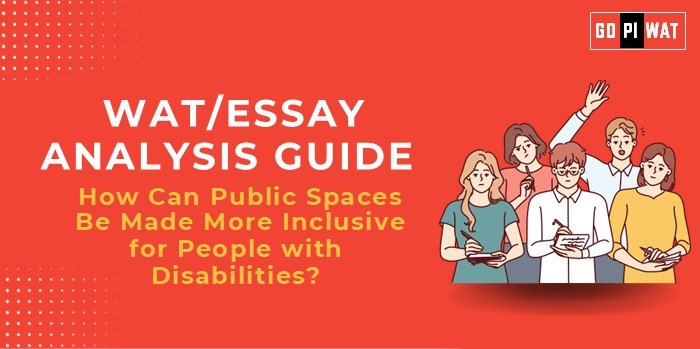🌍 How Can Public Spaces Be Made More Inclusive for People with Disabilities?
💡 Understanding the Importance
Inclusivity in public spaces is not just about disability rights but also about fostering economic growth, social equity, and ethical responsibility. Accessible environments enable people with disabilities to participate fully in society, contributing to a more inclusive and diverse world.
📊 Quick Facts and Key Statistics
- 📉 Global Accessibility Compliance: Developed nations achieve 90% compliance, while developing countries like India hover around 30%.
- 🚉 Success Stories: Delhi Metro is 100% accessible, setting a benchmark for urban infrastructure in India.
- 🏛️ Legislation: The Rights of Persons with Disabilities (RPWD) Act in India mandates public accessibility but faces implementation gaps.
- 🛠️ Cost Factor: Retrofitting buildings costs 15–20% more than designing them accessibly from the start.
- 👩🦽 Global Best Practices: Nations like Singapore and Norway prioritize universal design in urban planning.
🏆 Achievements
- ✅ Policy Progress: Laws like the RPWD Act and ADA (Americans with Disabilities Act) have laid strong foundations for accessibility.
- 🚶 Urban Successes: Accessible metro systems in Delhi and Singapore serve as examples of inclusive design.
- 📚 Awareness Campaigns: Initiatives like “Accessible India” promote education about the rights of persons with disabilities.
⚠️ Challenges
- 💸 Financial Constraints: Budget limitations often delay or compromise the implementation of accessibility projects.
- ❌ Lack of Awareness: Urban planners and architects may overlook accessibility due to insufficient training.
- 📉 Implementation Gaps: Despite strong laws, compliance remains low in many regions.
- 🌍 Comparative Lag: Developing countries like India struggle to match global leaders like Singapore in accessibility metrics.
🌍 Global Comparisons and Case Studies
- 🇸🇬 Singapore: Combines rigorous policy enforcement with public-private collaboration, achieving near-total accessibility in urban areas.
- 🇮🇳 India: Programs like Accessible India Campaign show progress but require faster implementation to match global standards.
- 🇳🇴 Norway: Universal design is a legal requirement, ensuring accessibility is integrated into all public infrastructure projects.
💡 Recommendations for Sustainable Progress
- 🏗️ Universal Design: Ensure accessibility is integrated into urban planning from the inception stage.
- 🤝 Collaborations: Partner with international organizations to adopt best practices and access funding.
- 📢 Public Awareness: Launch targeted campaigns to educate communities and stakeholders about the importance of accessibility.
- 📱 Leverage Technology: Use tools like smart maps and apps to guide users to accessible locations.
📄 Conclusion
Creating inclusive public spaces is essential for achieving social equity and economic progress. While legislative frameworks like the RPWD Act have catalyzed change, their success hinges on implementation, awareness, and innovation. By adopting universal design principles, fostering collaborations, and leveraging technology, nations can build a more inclusive future, ensuring no one is left behind.


